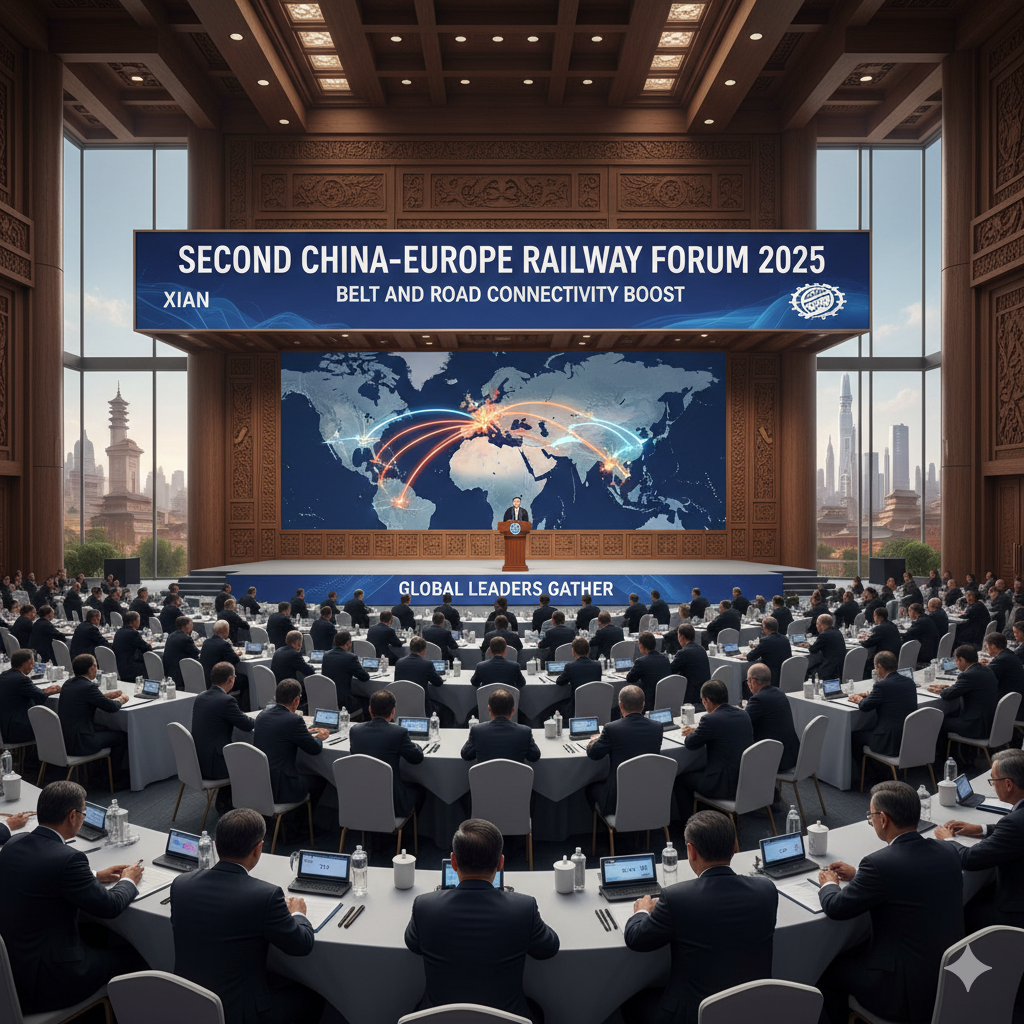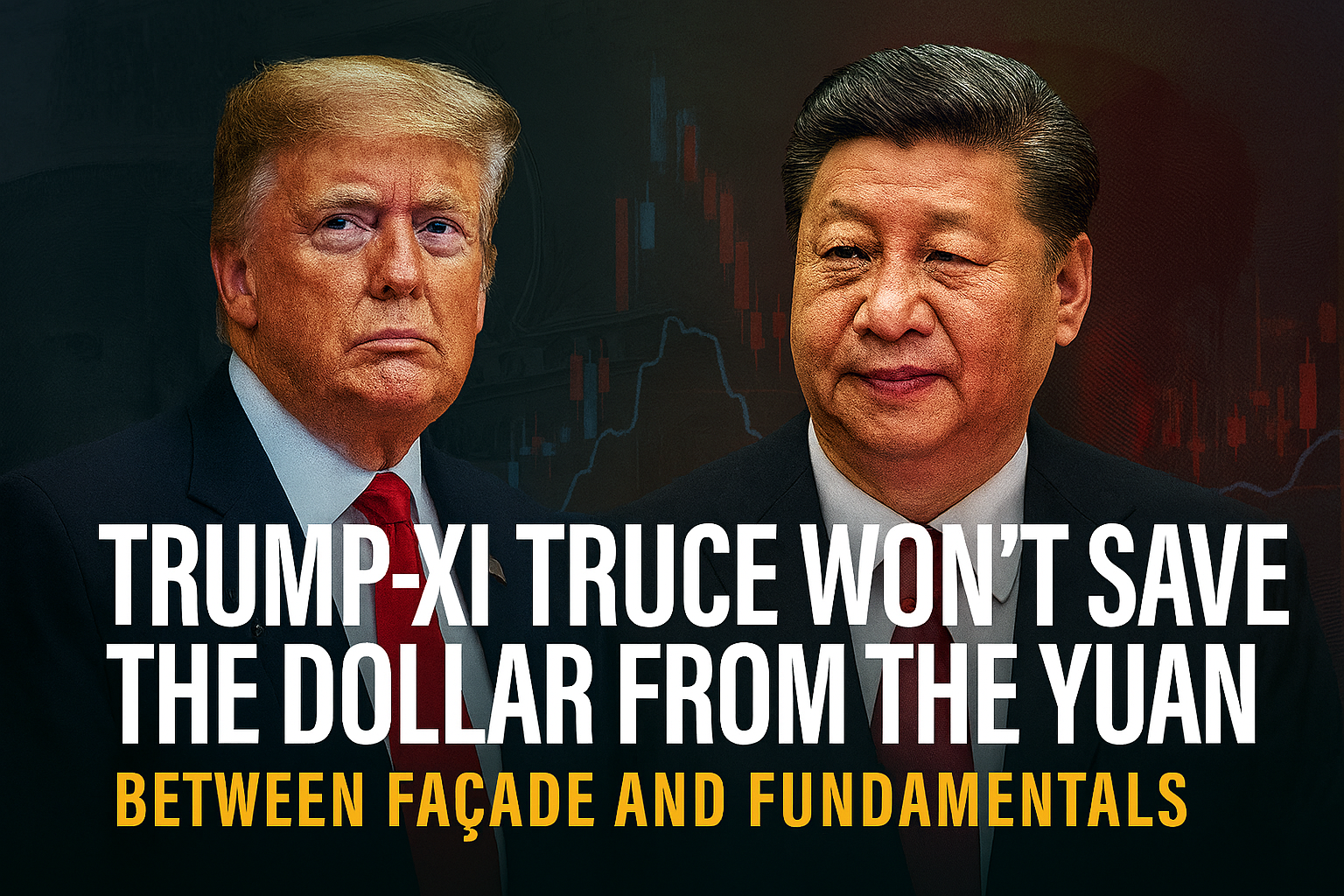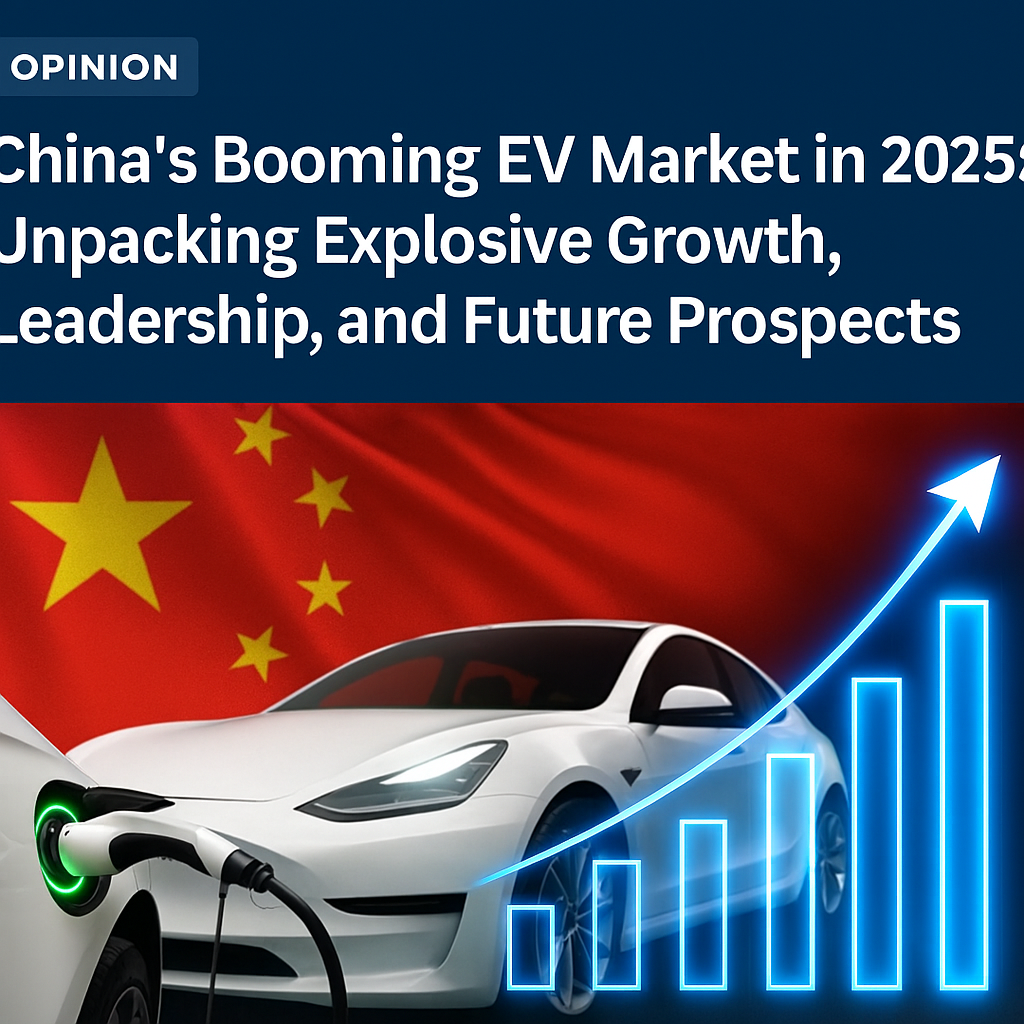China
TikTok begins testing support for paid subscriptions
TikTok is testing support for paid subscriptions, the company confirmed to TechCrunch on Thursday. As first reported by The Information, the popular short-form video app is exploring the option for creators to charge subscriptions for their content. The feature is part of a limited test for the time being and is not broadly available. TikTok declined to elaborate on the feature or share additional details.
“We’re always thinking about new ways to bring value to our community and enrich the TikTok experience,” a TikTok spokesperson told TechCrunch in an email, when reached for comment.
It’s unclear how the paid subscription model will be implemented in the app. For context, TikTok’s popular algorithmic “For You” page surfaces videos from creators that users don’t follow. If a creator chooses to charge a subscription for their content, it’s likely that their videos won’t appear on users’ For You pages. However, it’s also possible that the subscription will apply to additional content that’s exclusive to paid users, as opposed to being applied to the entirety of a creator’s account.
News of the test comes a day after Instagram launched subscriptions in the U.S. The feature is now in early testing with a small group of creators who are able to offer their followers paid access to exclusive Instagram Live videos and Stories. Creators can choose their own price point for access to their exclusive content. Paid subscribers will be marked with a special badge, differentiating them from unpaid users in the sea of comments.
TikTok’s paid subscriptions test follows recent confirmation that it’s testing an in-app tipping feature on its platform that allows creators to accept money from fans outside of TikTok LIVE streams, where gifting is already supported. Creators who are part of the limited test can apply for the feature if they have at least 100,000 followers and are in good standing. Those who have been approved are given a Tips button on their profiles, which their followers are able to use to send them direct payments.
The company’s newest test is its latest push toward monetization and helping creators earn a living through its platform. Last year, the company introduced a $200 million fund aimed at helping creators in the U.S. supplement their earnings. TikTok also helps creators sign brand partnerships and sponsorship deals and also provides monetization for livestreams. Considering TikTok’s focus on monetization efforts, it’s no surprise that the company is experimenting with a way for creators to offer paid subscriptions for their content.
TikTok and Instagram’s tests follow Twitter’s launch of “Super Follows,” a paid subscription offering that launched in September 2021. The feature allows users to subscribe to accounts they like for a monthly subscription fee in exchange for exclusive content. Eligible accounts can set the price for Super Follow subscriptions, with the option of charging $2.99, $4.99 or $9.99 per month. Similar to Instagram’s model, subscribers are marked with a special Super Follower badge, differentiating them from unpaid followers.
TikTok, Instagram and Twitter’s paid subscription offerings outline the companies’ efforts to court creator communities. The offerings are also a way for the companies to compete with each other, along with other digital platforms such as YouTube, which offers lucrative ways for creators to make money.
China
Second China-Europe Railway Forum 2025: Xi’an Hosts Global Leaders for Belt and Road Connectivity Boost

Xi’an, China – November 13, 2025 – In a landmark move for Eurasian trade and logistics, the ancient city of Xi’an is set to become the epicenter of innovation as it hosts the Second China-Europe Railway Express Cooperation Forum from November 18-20, 2025. Announced by China’s National Development and Reform Commission (NDRC), this high-profile event promises to accelerate the China-Europe Railway Express—a vital artery of the Belt and Road Initiative (BRI)—delivering faster, greener, and more reliable freight connections between Asia and Europe.
If you’re tracking the future of international rail freight, Eurasian supply chains, or sustainable logistics, this forum is unmissable. With freight volumes surging 20% year-over-year on key routes, the event arrives at a pivotal moment for global trade amid geopolitical shifts and rising demand for eco-friendly transport alternatives to air and sea shipping.
Why the China-Europe Railway Express Matters in 2025
The China-Europe Railway Express, operational since 2011, has revolutionized cross-continental cargo movement. Trains now zip from cities like Chongqing and Chengdu to European hubs such as Duisburg and Madrid in just 12-15 days—half the time of maritime routes. Last year alone, over 17,000 trains carried 1.7 million TEUs (twenty-foot equivalent units), underscoring its role in resilient global supply chains.
Hosted in Xi’an—the historic starting point of the ancient Silk Road—this forum builds on the inaugural 2023 event in Lianyungang, which drew 500+ delegates and sparked collaborations worth billions. Under the theme “Connecting Asia and Europe for a Shared Future”, expect deep dives into:
- Enhancing safety and efficiency: Strategies for “bulletproof” rail systems amid increasing volumes.
- Expanding trade corridors: New routes through Central Asia, the Middle East, and beyond to diversify beyond traditional paths.
- Green innovation in logistics: Low-carbon tech, electric locomotives, and digital twins for sustainable BRI growth.
Agenda Highlights: What to Expect at the Xi’an Forum
The three-day extravaganza kicks off with a star-studded opening ceremony featuring speeches from NDRC officials, EU transport ministers, and BRI partners. Parallel sessions will ignite discussions on:
- Ultra-Efficient Transport Systems: Exploring AI-driven scheduling, automated customs clearance, and high-speed upgrades to handle 2 million+ TEUs annually by 2030.
- Diverse Trade Corridors: Mapping untapped routes like the New Eurasian Land Bridge, with spotlights on Kazakhstan, Poland, and emerging African extensions.
- Integrated Development Breakthroughs: From blockchain for secure tracking to renewable energy powering rail hubs—unlocking $100B+ in BRI investments.
Live demos, B2B matchmaking, and networking galas will connect freight forwarders, policymakers, and tech innovators. Past attendees rave about tangible outcomes, like the 2023 forum’s MoUs that boosted rail freight by 15% on key lines.
Key Forum Stats Details Date November 18-20, 2025 Location Xi’an International Convention Center, Shaanxi Province Expected Attendees 800+ from 50+ countries Focus Areas Rail Safety, New Corridors, Green Tech Predecessor Success 2023 Lianyungang event: 500 delegates, 20+ partnerships
Xi’an: Where History Meets High-Speed Future
As Shaanxi’s capital and UNESCO World Heritage site, Xi’an blends Terra Cotta Warriors grandeur with modern rail prowess. Home to the Xi’an Dry Port—handling 1M+ TEUs yearly—it’s a natural fit for this Belt and Road milestone. Visitors can tour the Silk Road Museum post-forum, tying ancient trade vibes to today’s China-Europe freight revolution.
Join the Momentum: Register Now for the China-Europe Railway Forum
Whether you’re a logistics exec eyeing Eurasian rail opportunities or a policy wonk passionate about sustainable BRI projects, secure your spot via the official NDRC portal. Early bird registration closes November 15—don’t miss riding the rails to a connected tomorrow!
For more on China-Europe trade trends, Belt and Road updates, or global logistics news, subscribe to our newsletter. Share your thoughts: How will this forum shape international freight in 2026? Comment below!
Sources: NDRC Press Release, Belt and Road Portal. Images: Courtesy of Xi’an Convention Bureau (alt: “High-speed freight train on China-Europe Railway Express route”).
Business
Trump-Xi Truce Won’t Save the Dollar from the Yuan

A temporary handshake in Busan cannot disguise the deeper structural erosion of dollar dominance and the steady, deliberate rise of the yuan.
When Donald Trump and Xi Jinping emerged from their October summit in Busan, markets reacted with the usual mix of relief and scepticism. Gold ticked up 1.2%, Asian equities softened, and U.S. futures wobbled—hardly the euphoric rally one might expect from what Trump called “a 12 out of 10” meeting. The deal, which paused Chinese rare-earth export controls and promised renewed soybean purchases, was hailed as a “historic truce” by the White House. Yet the muted market response told a deeper truth: investors know that this is theater, not transformation.
The core thesis is simple: this truce does nothing to alter the structural trajectory of global finance. The dollar’s dominance is eroding under the weight of U.S. fiscal excess and its own weaponization, while the yuan’s internationalisation—though gradual—is accelerating. The world is not waiting for Washington or Beijing to declare peace; it is already moving toward a multipolar currency order.
1: The ‘Trucified’ Mirage
The Busan agreement was transactional diplomacy at its most transparent. China agreed to suspend rare-earth export controls for a year, resume large-scale agricultural imports, and ease pressure on U.S. semiconductor firms. In return, Washington halved certain tariffs and promised to “re-engage” on technology licensing. Both sides declared victory, but the underlying rivalry remains untouched.
This is not the first time markets have been asked to celebrate a ceasefire in the U.S.-China economic war. Recall the “Phase One” deal of 2020, which promised massive Chinese purchases of U.S. goods that never fully materialised. The pattern is familiar: temporary concessions, symbolic gestures, and a brief pause in escalation. What is never addressed are the structural drivers of conflict—China’s ambition to dominate advanced technologies, Washington’s bipartisan consensus on decoupling, and the geopolitical competition stretching from the South China Sea to Africa.
The truce is a mirage because it assumes that transactional fixes can mask strategic divergence. They cannot. The U.S. is not going to stop restricting Chinese access to advanced chips, nor will Beijing abandon its push for technological self-sufficiency. Investors who mistake this truce for stability are ignoring the tectonic forces at play. The rivalry is permanent; the truce is temporary.
2: The Dollar’s Self-Inflicted Wounds
If the yuan is rising, it is not only because of Beijing’s ambition but also because of Washington’s missteps. Two structural risks stand out: fiscal profligacy and the weaponisation of the dollar.
First, the fiscal picture. U.S. federal debt has surged to over $36 trillion in 2025, according to the St. Louis Fed, up from roughly $18 trillion a decade ago. Debt-to-GDP now hovers near 125%, levels typically associated with emerging markets in crisis rather than the world’s reserve currency issuer. Investors may tolerate high debt for a time, but persistent deficits erode confidence in the dollar’s long-term purchasing power.
Second, the weaponization of the dollar has accelerated since 2014, when sanctions on Russia highlighted the risks of overreliance on the greenback. The freezing of Russian central bank reserves in 2022 was a watershed moment. Allies and adversaries alike saw that dollar assets could be rendered unusable overnight if Washington disapproved of their policies. This has spurred diversification.
The data is clear: the dollar’s share of global foreign exchange reserves has slipped from 66% in 2015 to around 58% in 2025, according to IMF data. That decline may look modest, but in a $12 trillion reserve universe, it represents hundreds of billions shifting into euros, yen, gold, and increasingly, yuan.
The irony is that Washington’s own policies—fiscal recklessness and sanctions overreach—are accelerating the very de-dollarisation it fears. The dollar is not collapsing, but its aura of invincibility is fading.
3: The Yuan’s Quiet Ascent
While Washington undermines its own currency, Beijing is methodically building the yuan’s global footprint. This is not a frontal assault on dollar hegemony but a patient campaign of incremental gains.
Consider trade settlement. According to DW, nearly one-third of China’s $6.2 trillion trade in 2025 is now settled in yuan, up from just 20% in 2022. This shift is particularly pronounced in energy: Chinese refiners are increasingly paying for Russian oil and Middle Eastern gas in yuan, bypassing the dollar entirely.
Financial infrastructure is another front. The Cross-Border Interbank Payment System (CIPS), Beijing’s alternative to SWIFT, now processes trillions in annual transactions. While still smaller than SWIFT, it provides a sanctions-proof channel for yuan payments. At the same time, the digital yuan is being piloted in cross-border settlements, offering a programmable, state-backed alternative to dollar clearing.
Foreign holdings of yuan assets are also climbing. SWIFT data shows the yuan recently overtook the Japanese yen to become the fourth most-used currency in global payments, with a record 4.6% share. That may seem small compared to the dollar’s 40%+ share, but the trajectory is unmistakable.
The constraint, of course, remains China’s capital account controls. Beijing is unwilling to fully liberalize for fear of destabilizing capital flight. Yet even within these limits, yuan internationalization is advancing. Currency swaps with over 40 central banks, commodity contracts priced in yuan, and the steady rise of yuan-denominated bonds in Hong Kong all point to a currency whose global role is expanding, not retreating.
The yuan will not replace the dollar tomorrow. But its ascent is relentless—and irreversible.
4: The Path to a Multipolar Currency World
The real story is not a binary contest between dollar and yuan but the emergence of a multipolar currency system. The euro remains a formidable reserve currency, accounting for roughly 20% of global reserves. Emerging markets are increasingly settling trade in local currencies, while BRICS+ nations are openly discussing alternatives to the dollar in energy trade. The yuan is the most dynamic challenger, but it is part of a broader trend: the fragmentation of global finance into overlapping blocs. The unipolar dollar era is ending; the multipolar era is beginning.
Conclusion
The Trump-Xi truce is a headline, not a turning point. The forces reshaping global finance are structural, not cyclical. America’s debt addiction and sanctions diplomacy are eroding trust in the dollar, while China’s deliberate yuan strategy is bearing fruit. The result will not be a sudden dethronement but a gradual rebalancing toward a multipolar currency world.
Policymakers in Washington may celebrate temporary truces, but investors should look past the photo ops. The dollar’s dominance is no longer guaranteed. The yuan’s rise is not a question of if, but how fast.
Auto
China’s Booming EV Market in 2025: Unpacking Explosive Growth, Leadership, and Future Prospects

China’s electric vehicle (EV) market is witnessing an unprecedented surge in 2025, positioning the country as the global leader in new energy vehicle (NEV) adoption and innovation. Recent data shows remarkable trends that highlight China’s rapid growth in this sector, promising an exciting future for EVs domestically and internationally.
Robust Growth in NEV Sales
In the first half of 2025 alone, China’s passenger vehicle sales climbed to approximately 10.9 million units, marking a solid 10.7% year-over-year increase. This growth is overwhelmingly driven by New Energy Vehicles, which surged 33% to about 5.46 million units sold. Notably, traditional internal combustion engine (ICE) vehicle sales declined by 5.2% during the same period. This shift underscores a transforming market, where NEVs now make up more than half—50.1%—of the passenger vehicle market, surpassing conventional cars for the first time.
Battery electric vehicles (BEVs) lead this charge, experiencing a 37.6% sales increase to 3.33 million units, outpacing plug-in hybrids (PHEVs), which grew 26.5%. BEVs now command 61% of NEV sales, a trend illustrating a clear preference for fully electric transport solutions in the Chinese market.
China’s Market Leadership and Export Expansion
China is not just dominating its own EV market but also making a significant impact globally. In 2025, Chinese EV manufacturers exported vehicles to over 200 countries, generating nearly $48 billion in revenue. Europe remains the primary destination, accounting for about half of all exports, with emerging markets in Asia, Latin America, the Middle East, and Africa rapidly increasing their adoption of Chinese-made EVs. Exports to Africa grew by an astonishing 184% year-over-year, showcasing the expanding global footprint of China’s EV industry.
Government Policies and Industry Evolution
China’s government has played a vital role in nurturing the EV boom, initially through subsidies and purchase incentives that spurred mass adoption. However, 2025 marks a strategic turning point. The government has signaled the end of direct subsidies and omitted EVs from the list of key strategic industries in the latest five-year development plan (2026-2030). This move reflects confidence in the sector’s maturity and readiness to compete without heavy-handed support, shifting towards market-driven growth and international competitiveness. While these changes may induce some industry restructuring, they also present opportunities for innovation and consolidation among leading manufacturers.
Future Prospects and Challenges
Looking ahead, the Chinese EV market is poised for exponential growth, underpinned by continuous technological advancements and increasing consumer acceptance. The full-year forecast for 2025 estimates NEV sales to reach around 15.5 million vehicles, accounting for nearly half of all passenger vehicles sold.
Nonetheless, challenges remain. The industry must navigate reduced government subsidies, rising competition, and the need to sustain export momentum amid global trade tensions. Additionally, transitioning from plug-in hybrids to pure battery electric vehicles will require sustained innovation, especially in battery technology and infrastructure development.
Conclusion
China’s EV market is a compelling story of transformation and leadership. With NEV sales surpassing half of the domestic market and exports penetrating every major global region, China is reshaping the automotive landscape. As subsidies fade, the strength of this sector will increasingly depend on innovation, consumer demand, and its ability to adapt to global market dynamics. For anyone observing the future of transportation, China’s journey is a vivid example of exponential growth driven by vision, policy, and technological progress—all unfolding in real time.
This dynamic market evolution not only sets the tone for global EV trends but also paves the way for a cleaner, electrified future powered by innovation and sustainable mobility.
-
Digital5 years ago
Social Media and polarization of society
-
Digital5 years ago
Pakistan Moves Closer to Train One Million Youth with Digital Skills
-
Digital5 years ago
Karachi-based digital bookkeeping startup, CreditBook raises $1.5 million in seed funding
-
News5 years ago
Dr . Arif Alvi visits the National Museum of Pakistan, Karachi
-
Digital5 years ago
WHATSAPP Privacy Concerns Affecting Public Data -MOIT&T Pakistan
-
Kashmir5 years ago
Pakistan Mission Islamabad Celebrates “KASHMIRI SOLIDARITY DAY “
-
Business4 years ago
Are You Ready to Start Your Own Business? 7 Tips and Decision-Making Tools
-
China5 years ago
TIKTOK’s global growth and expansion : a bubble or reality ?

























